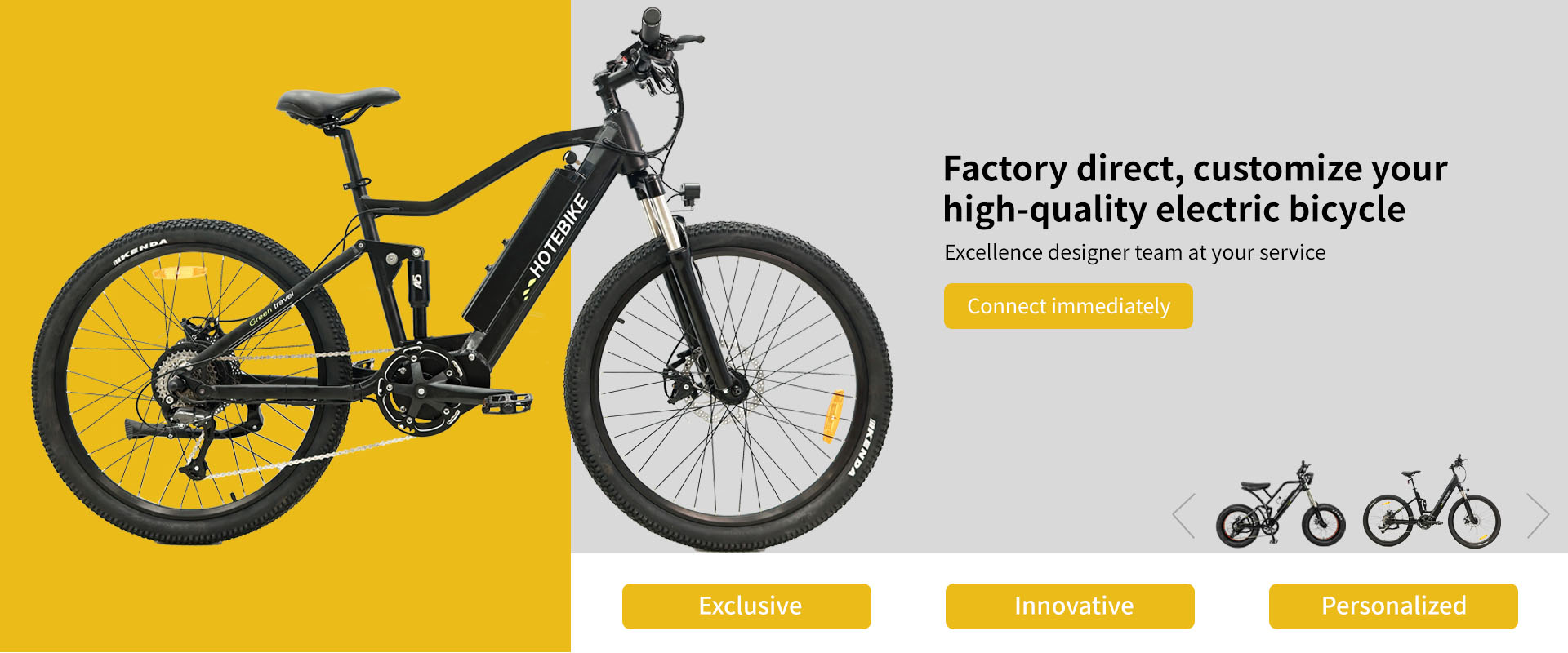Grasping the Legal Framework Surrounding eBikes
Electric bicycles, more commonly known as eBikes, have rapidly risen to prominence over recent years. Their increasing popularity can be attributed to numerous factors, including their eco-friendly design, ease of operation, and the sheer convenience they present for navigating urban landscapes. However, much like many forms of innovative technology, eBikes occupy a somewhat grey area when it comes to legislation and regulations. This article seeks to provide a comprehensive overview of the myriad rules that govern the use of eBikes, ranging from appropriate riding etiquettes to mandatory compliance requirements.
Legal Definition and Classification of eBikes
The legal definition and classification of an eBike can vary tremendously, depending on the geographical location. Countries, and even states within a country, may have unique interpretations and criteria for what constitutes an eBike. These interpretations often consider aspects such as the maximum achievable speed, motor power, and the manner in which power is utilized to assist the rider. Such classifications significantly influence where eBikes can be legally operated and whether riders are required to possess a license, registration, and insurance.
Delving Deeper: Types of eBikes
To elucidate further, eBikes are typically categorized into three classes in many jurisdictions. Class 1 eBikes are pedal-assist only, with no throttle, and have a maximum assisted speed of 20 miles per hour. Class 2 eBikes have a throttle and a maximum speed of 20 miles per hour. Class 3 eBikes are pedal-assist only, with no throttle, and a maximum assisted speed of 28 miles per hour. The class of an eBike has a significant bearing on where it can be legally ridden and whether a helmet is required for operation.
 Rider Requirements: Age, Licensing, and Insurance
Rider Requirements: Age, Licensing, and Insurance
Depending on the specific regulations of a region, the law may impose certain requirements on eBike riders. These requirements often pertain to the minimum age for riders, the necessity for a valid license, or the compulsion for having insurance. Such regulations are designed to ensure that riders possess a basic understanding of road safety protocols and are capable of covering financial damages in the unfortunate event of accidents.
Understanding Age Restrictions
When it comes to age restrictions, jurisdictions typically stipulate a minimum age for eBike riders. While some regions have a lenient approach, allowing individuals as young as 14 to operate eBikes, others adopt a more conservative standpoint, setting the minimum age requirement at 16 or 18 years.
Deciphering Licensing and Insurance Requirements
As for licensing and insurance regulations, these vary widely across the globe. In some locales, eBikes are considered akin to bicycles, and hence no special license is required to ride them. Other jurisdictions, however, equate them more to motorized scooters or mopeds, necessitating a valid driving license for operation.
eBike Equipment Regulations
Regulations pertaining to eBike equipment form a crucial component of eBike legislation. These dictate the standards that your eBike and its components need to meet, encompassing requirements for lights, reflectors, horns or bells, and even the type of helmet used.
Importance of Visibility and Safety Equipment
To ensure safety during night-time operations or under low-visibility conditions, many regions require eBikes to be equipped with functional front and rear lights. Additionally, reflectors may be required to increase visibility from the sides. Bells or horns may be compulsory to alert pedestrians or other vehicles of the eBike’s presence.
 Where and How to Ride eBikes
Where and How to Ride eBikes
The ‘where’ and ‘how’ of operating eBikes form a significant aspect of eBike laws. Laws governing the permissible regions for riding eBikes – whether on bike lanes, trails, or regular roads – differ considerably from one jurisdiction to another. Similarly, regulations related to the manner of riding, such as adhering to speed limits, maintaining lane discipline, and observing right-of-way rules, also come under regulatory scrutiny.
eBike Laws and Regulation Changes: The Importance of Staying Informed
Legislation surrounding eBikes is still in its nascent stages and is subject to change. Given this dynamic legal landscape, it’s of utmost importance that eBike users stay updated on the latest laws and amendments in their respective regions. This not only ensures that they remain on the right side of the law but also allows them to leverage their eBikes’ potential fully.
Conclusion : Navigating the eBike World Responsibly
While the innovative world of eBikes presents numerous advantages, these come with an innate responsibility and the need to adhere to existing laws and regulations. By understanding and observing these rules, eBike riders can ensure a safe and enjoyable biking experience. More importantly, doing so helps foster a harmonious co-existence with pedestrians and other vehicular traffic on the road.
FAQ : Frequently Asked Questions
Question 1: Do I need a license to ride an eBike?
The requirement for a license to operate an eBike depends on the specific regulations of your country or state. In many places, no license is required, while in others, one may be mandated depending on the eBike’s power and speed characteristics.
Question 2: Can I ride my eBike on sidewalks?
The legality of riding eBikes on sidewalks is a matter that varies greatly by location. Some regions allow it, keeping in mind the convenience of eBike riders, while others prohibit it outright to prioritize pedestrian safety.
Question 3: What age do you need to be to ride an eBike?
The minimum age requirement for operating an eBike differs from one region to another. Some areas impose no age restrictions, while others have a minimum age requirement that typically ranges between 14 and 16 years.
Remember, all the rules and regulations discussed in this guide are subject to change and may differ depending on your geographical location. Therefore, always consult with your local law enforcement agency or transportation authority to obtain the most accurate and up-to-date information. Here’s to safe and legal eBiking!
 Shuangye ebike
Shuangye ebike
